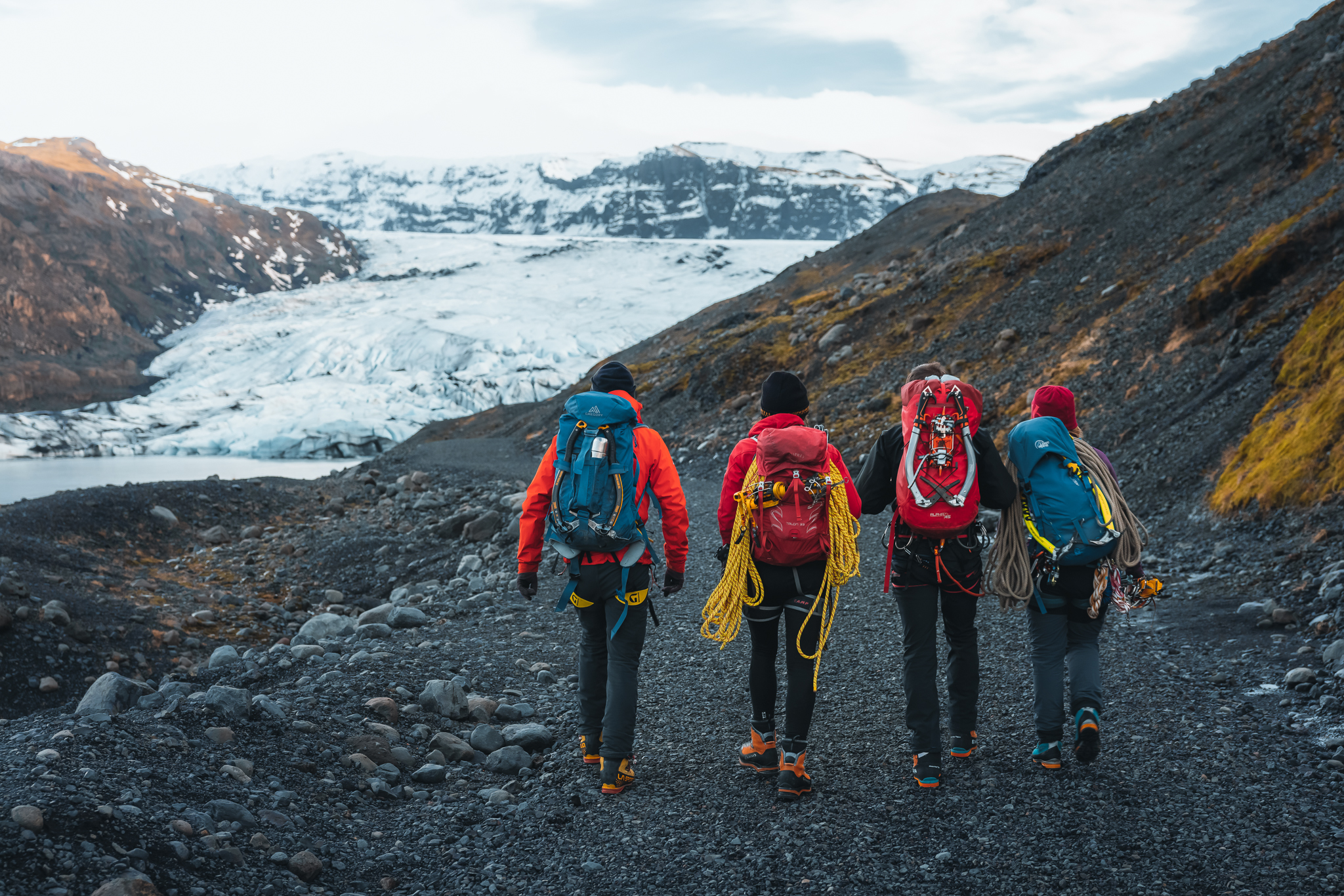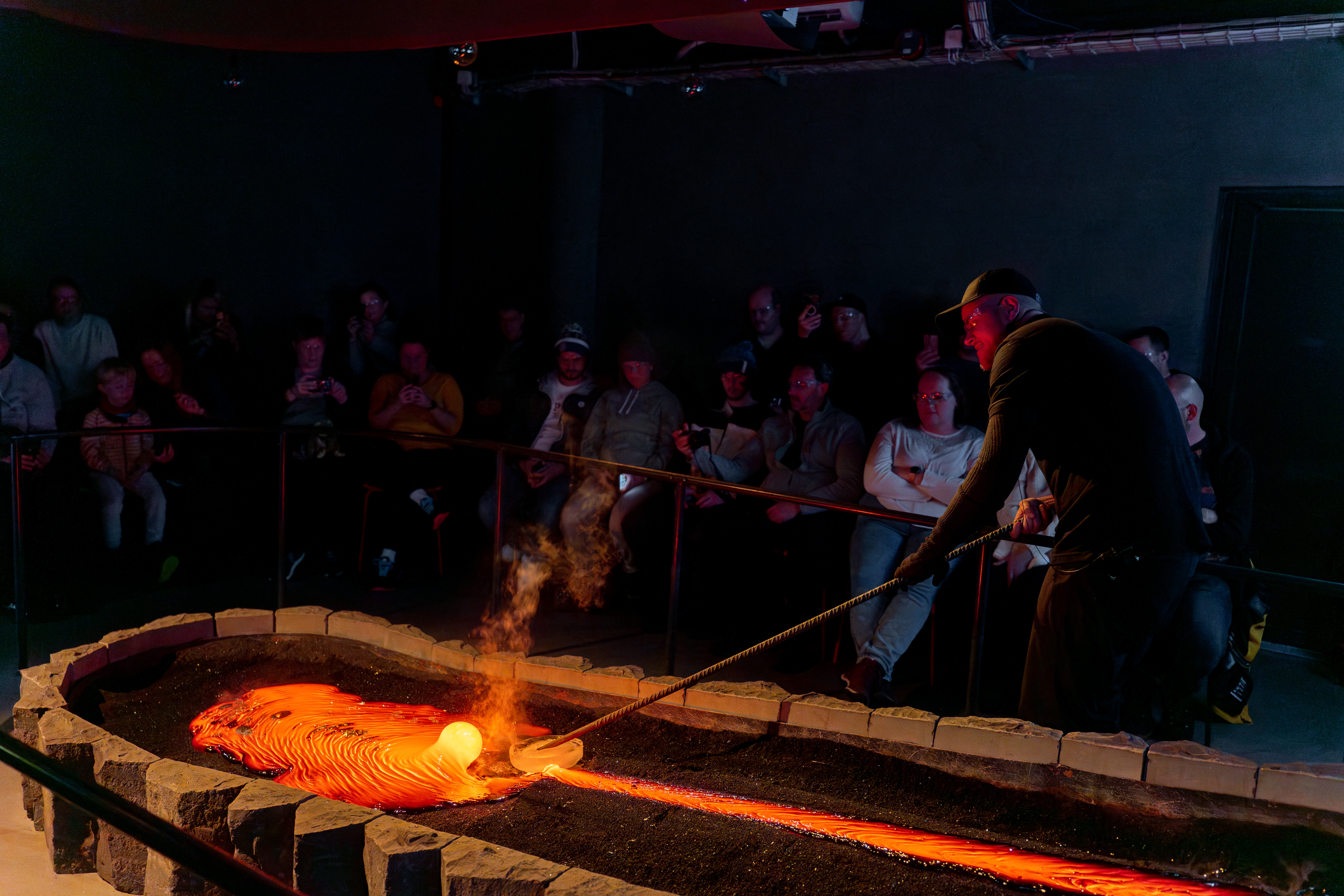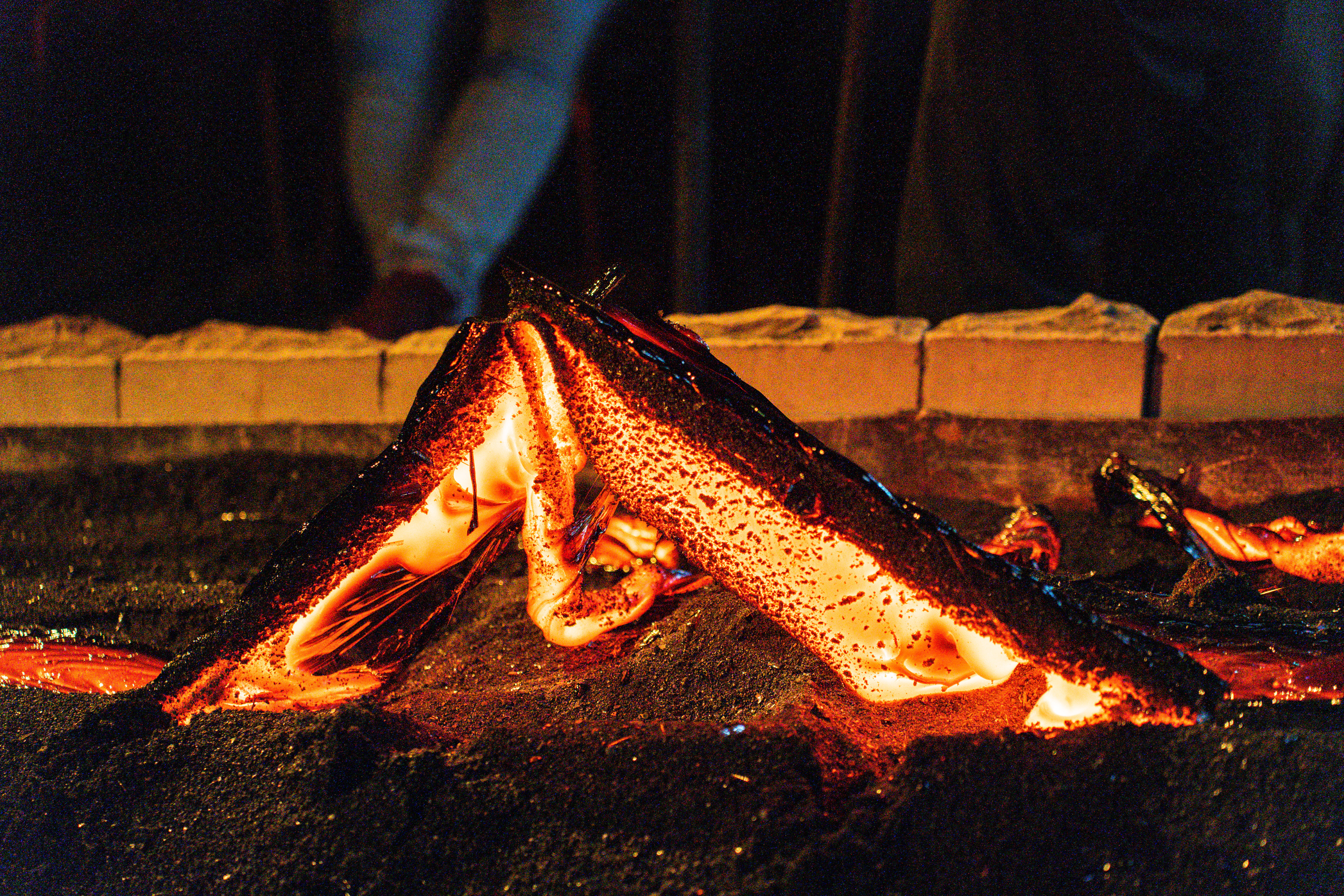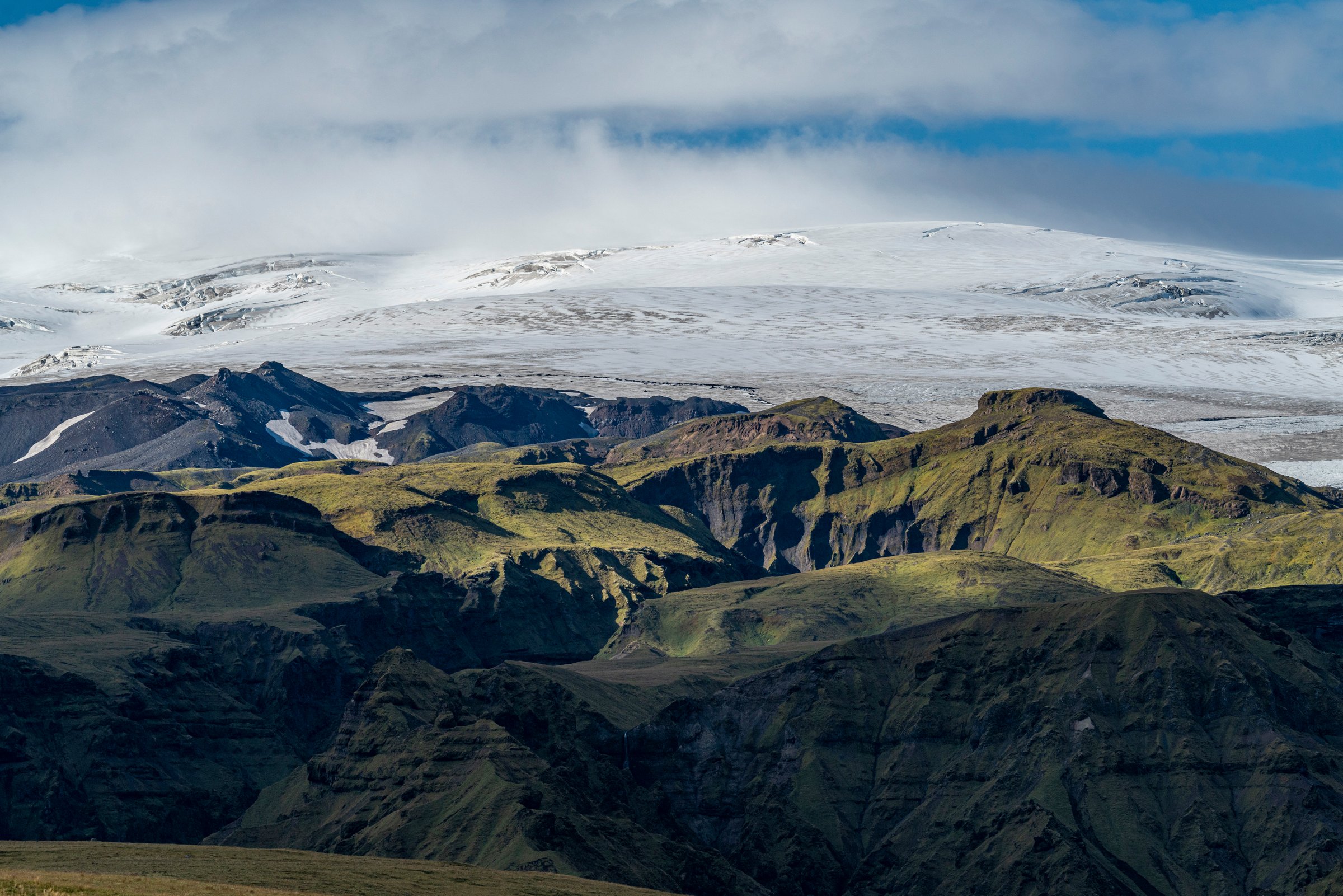Discover the vicinity of Katla - stage six of The Volcanic Way
The vicinity of Katla is recognized by its vast black sands. While the volcano itself is hiding under thick layers of ice, its surrounding glacier, Mýrdalsjökull, is a majestic sight. Katla erupted at least twenty times from the year 930 until 1918, producing the characteristic ash, or black sand, people so long to see. A glacier activity on Sólheimajökull glacier, a visit to Reynisfjara beach, and the unique Icelandic Lava Show are unforgettable ways to enjoy this region. Despite being a popular region for tourists, the area also holds a great diversity of quiet spots and accessible hikes.
Learn and discover:
Locals recommend
Popular places:
















